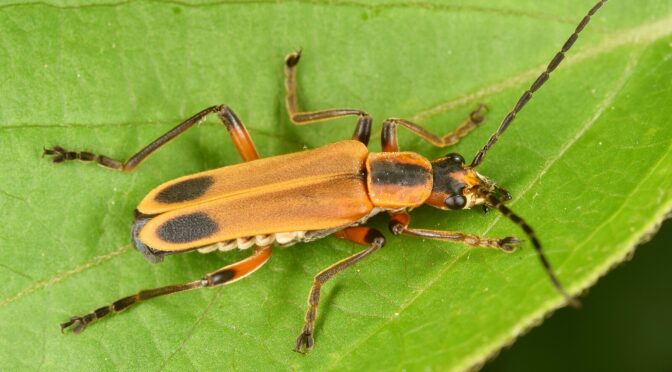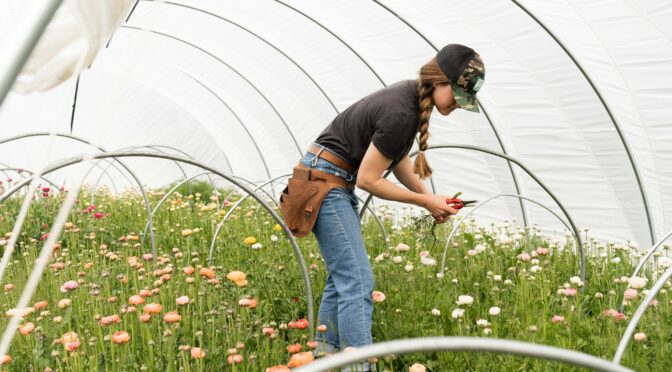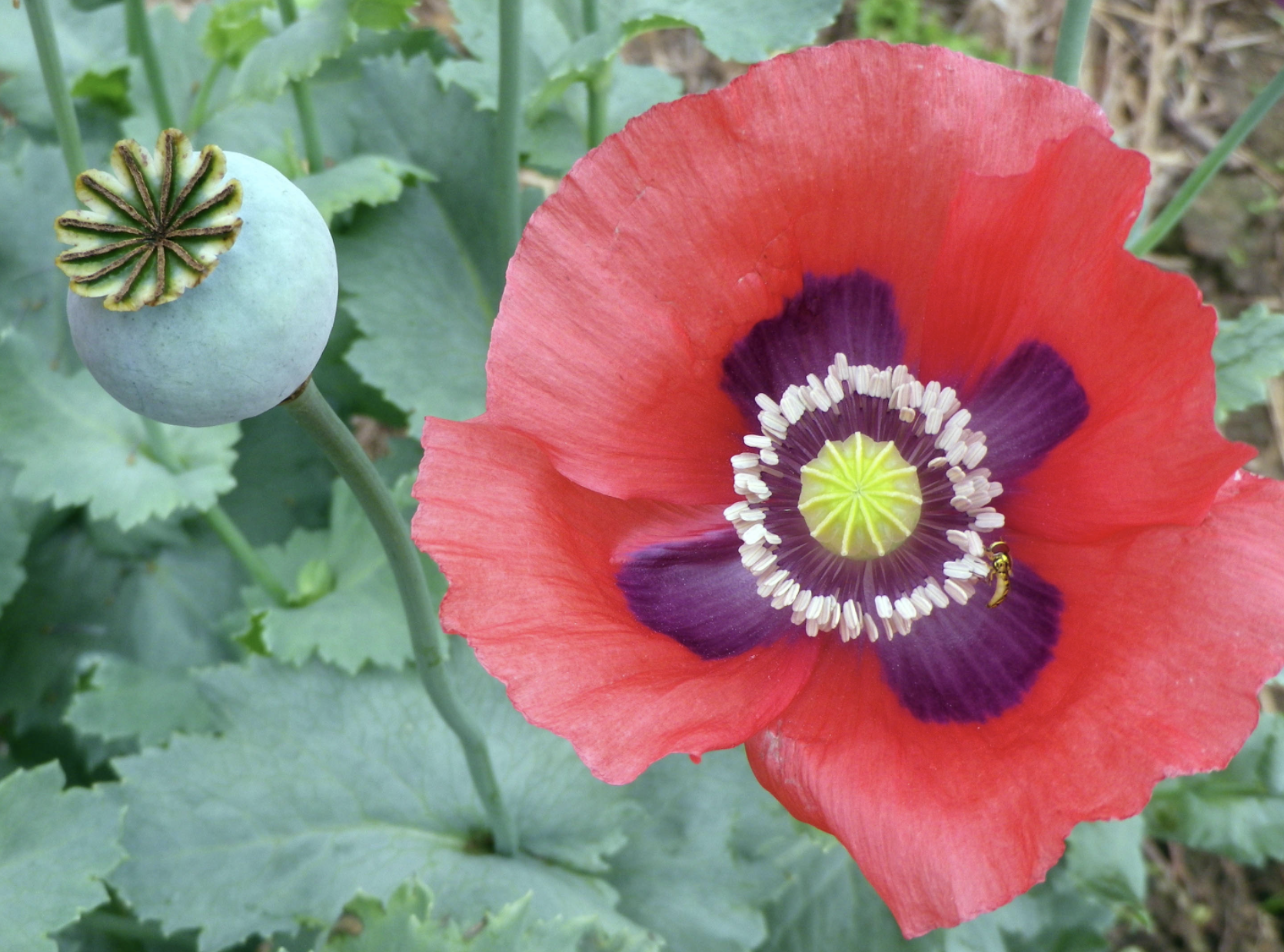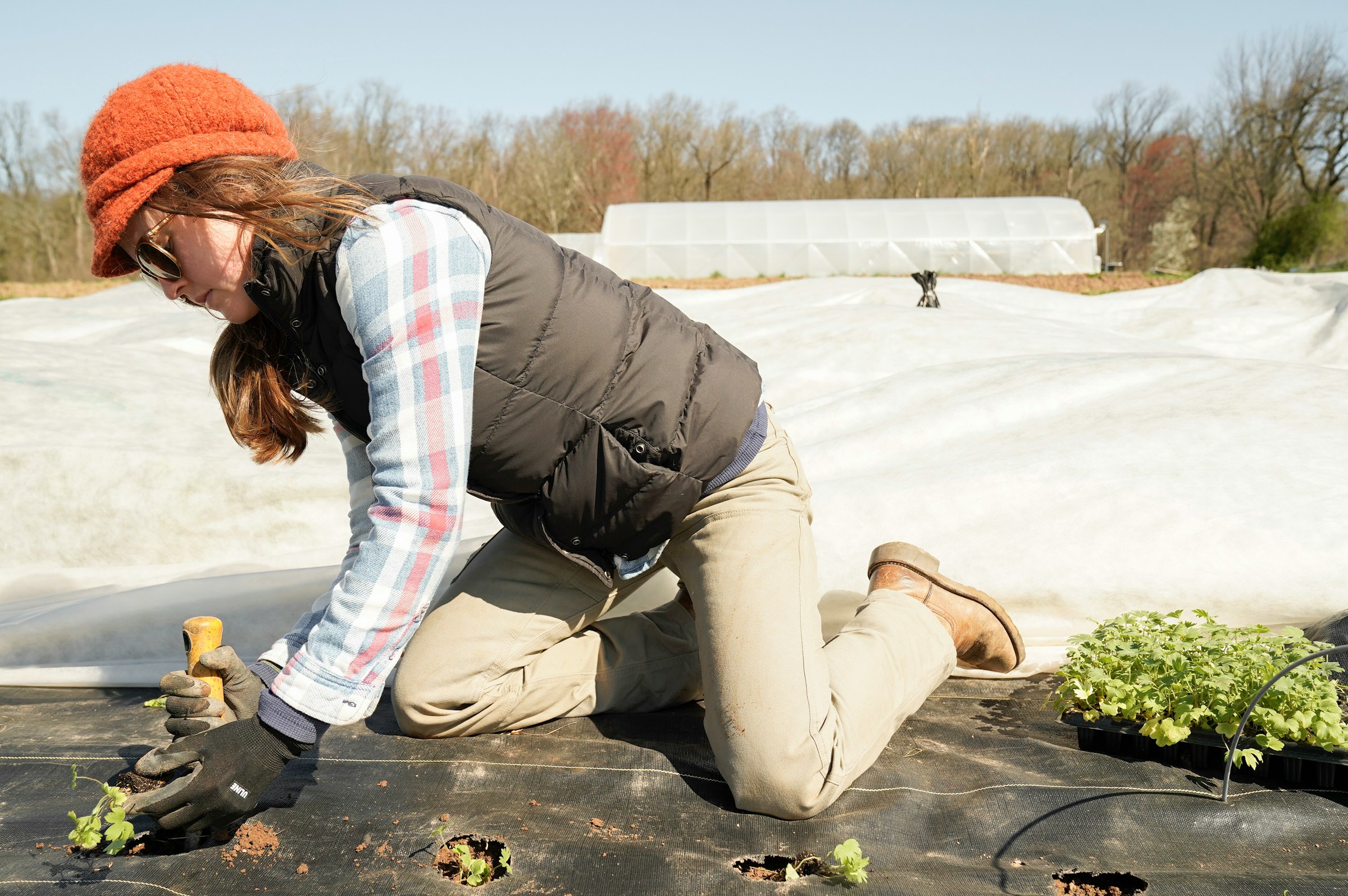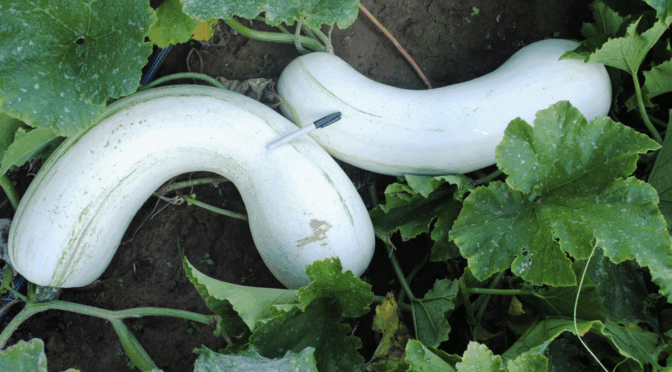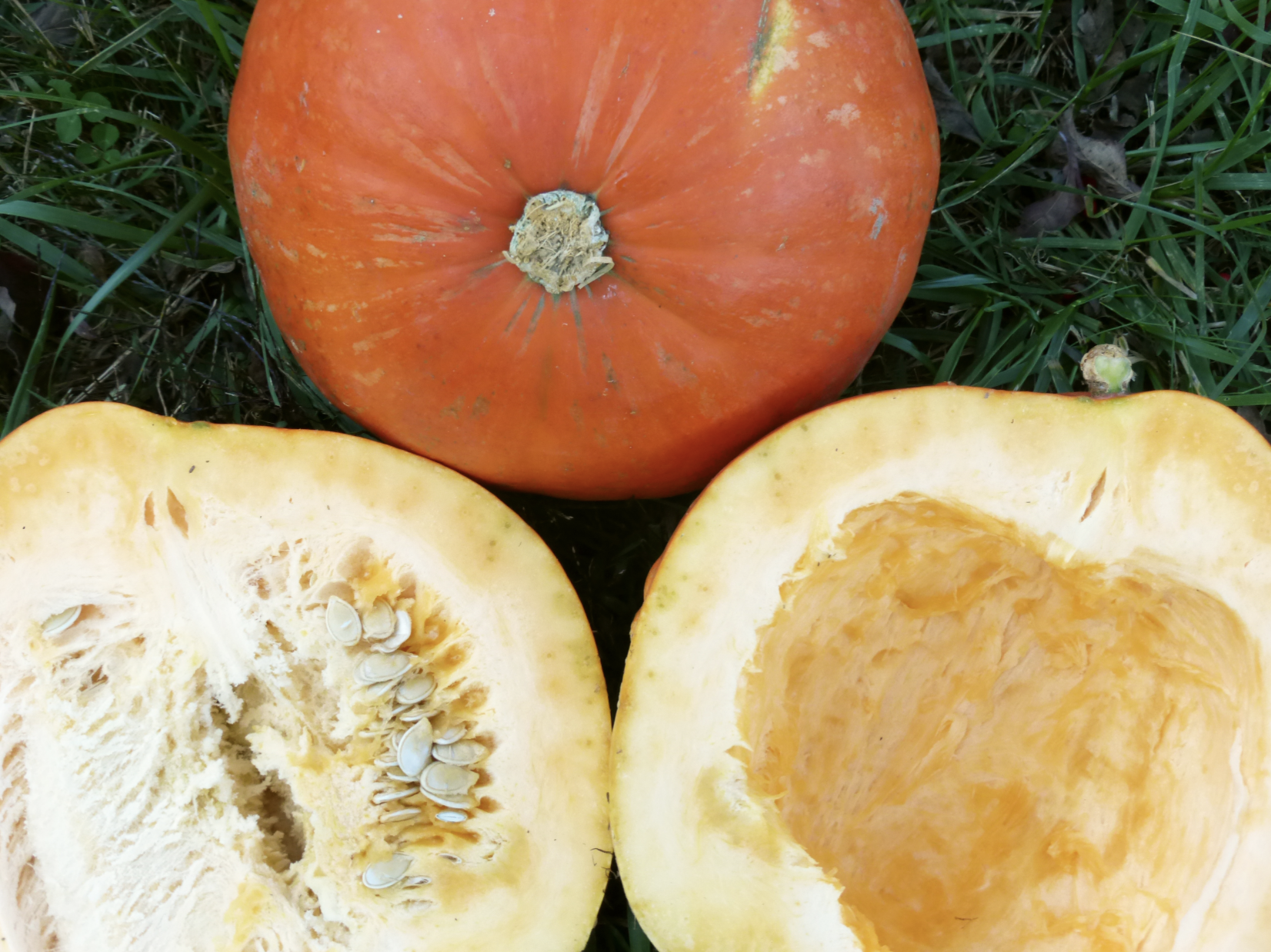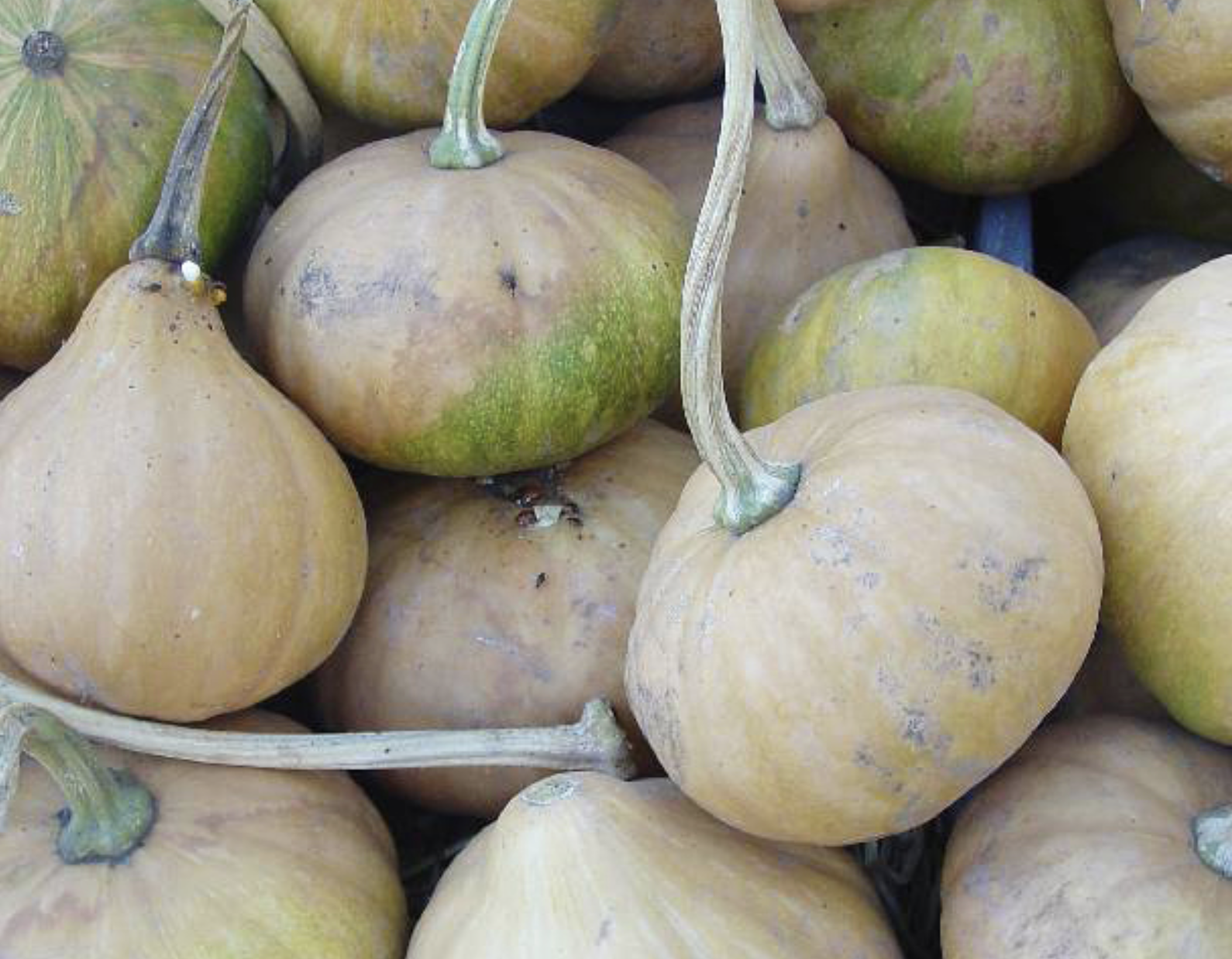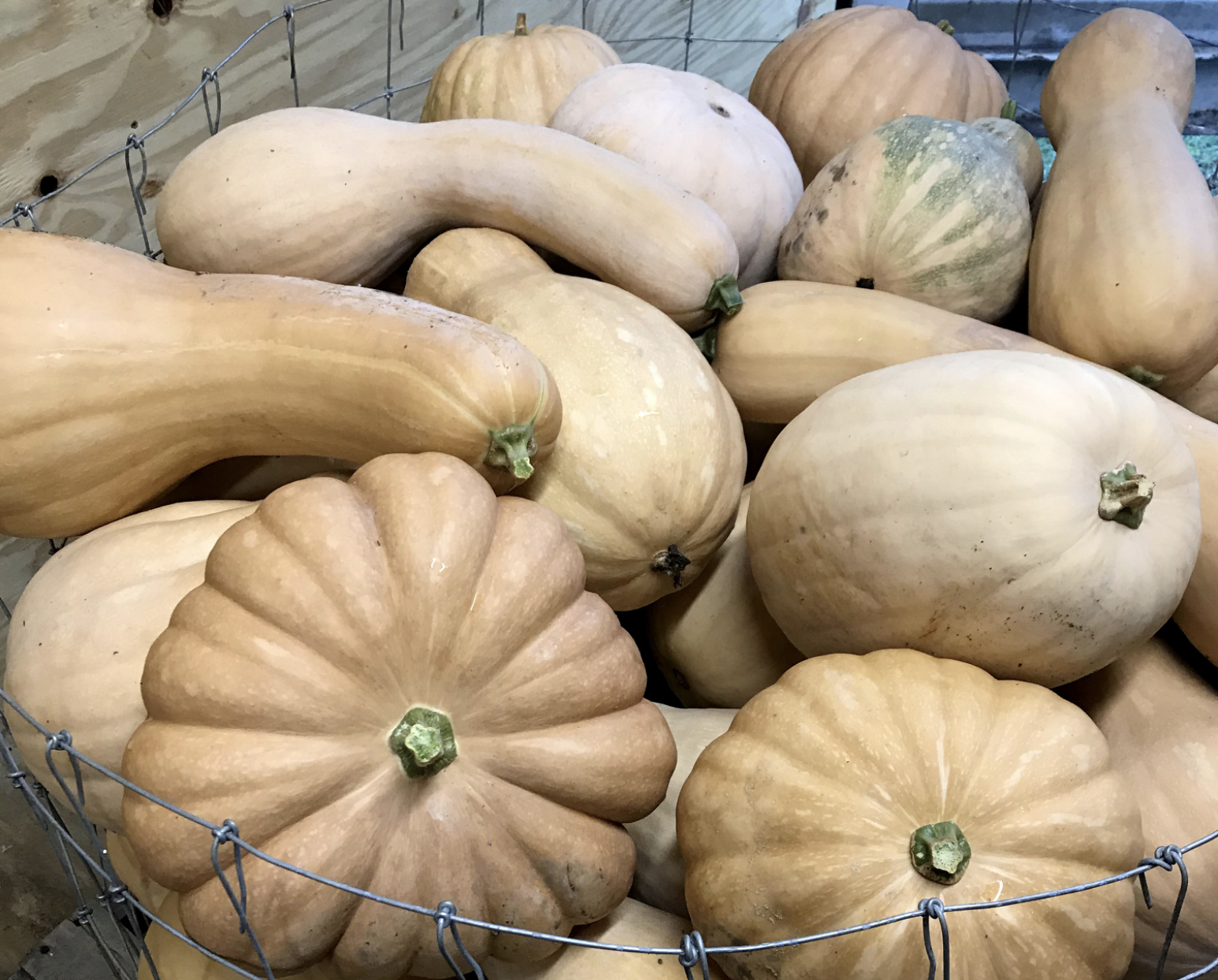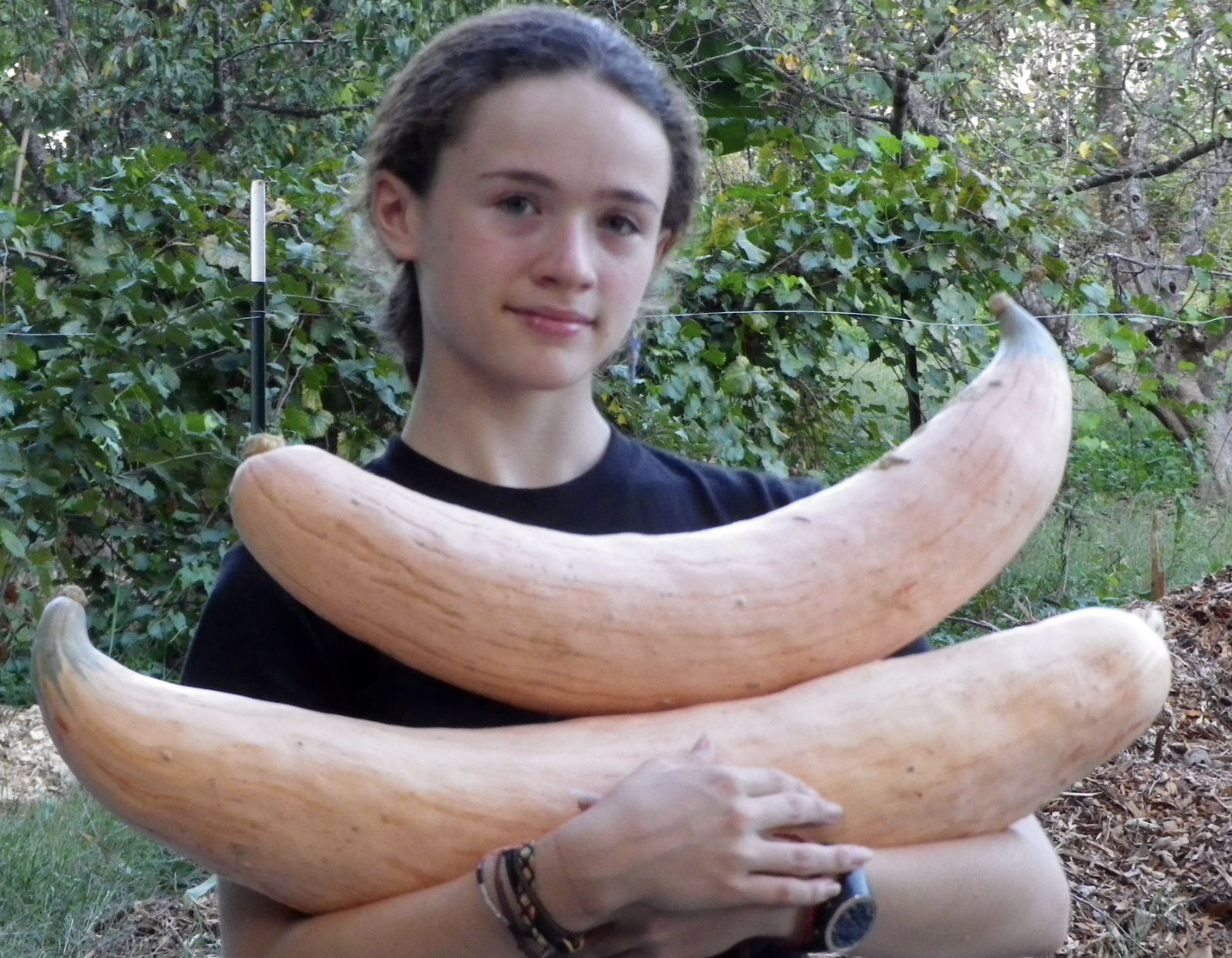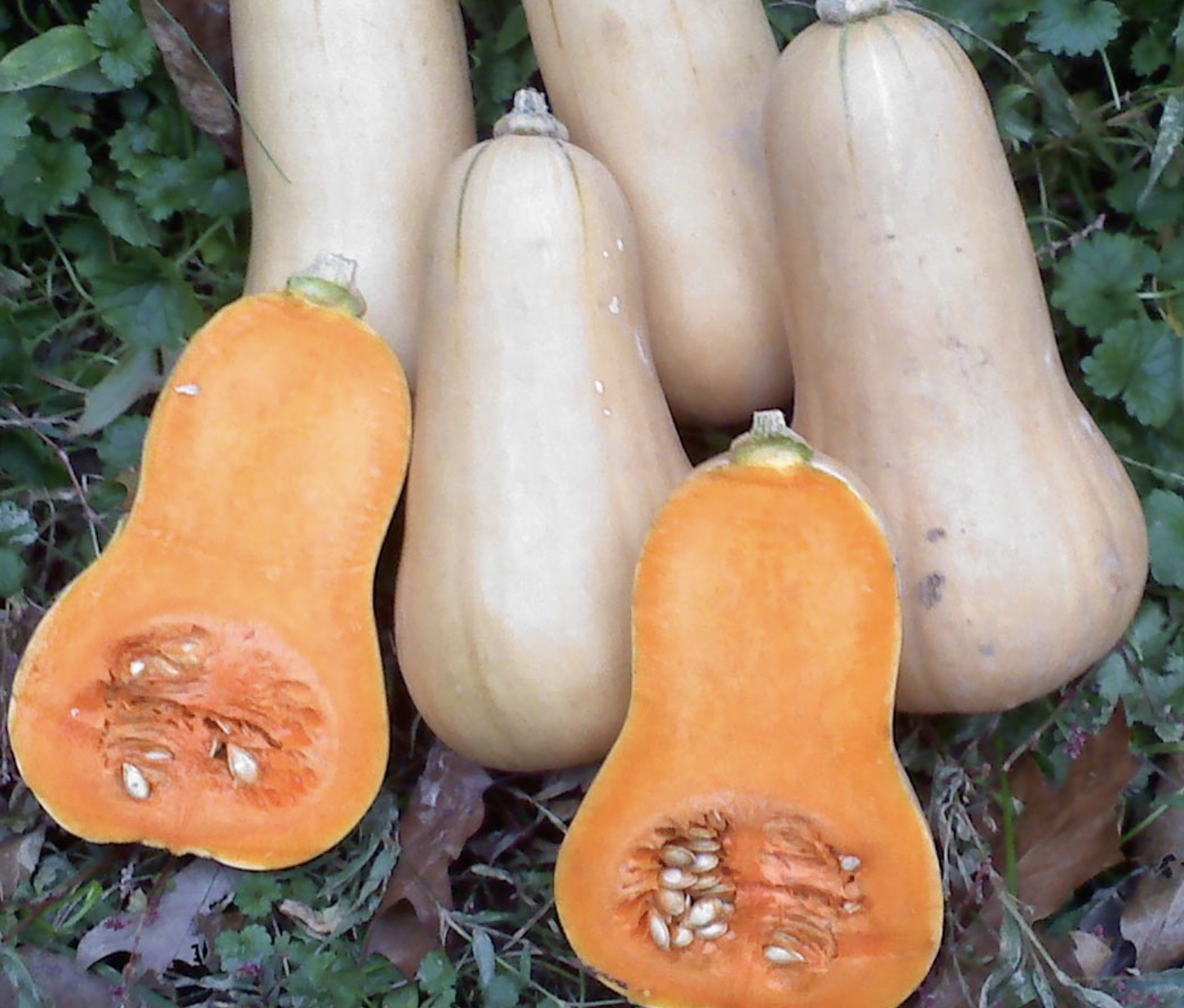We tend to think of beetles in the garden as pests. After all, so many of them are. Japanese beetles will munch our raspberries and roses, cucumber beetles wreak havoc on plants in the Cucurbit family, and flea beetles knock back eggplant seedlings. But not all beetles are bad; some are beneficial. Here are five beneficial beetles you might spot in your garden, how they help, and how to attract more of them.
Soldier Beetles (Chauliognathus spp.)
We have two soldier beetle species we commonly in Virginia, the margined leathering (Chauliognathus marginatus) and the Pennsylvania leathering (Chauliognathus pensylvanicus). As adults, these beetles look a lot like orangish-colored fireflies, though they lack their nighttime flash. In Virginia, margined leatherwing adults are present in the spring, and Pennsylvania leatherwing adults are present in the fall. Both species feed on nectar and pollen as adults, helping to pollinate the garden.
Soldier beetles may be even more helpful in their larval stage. At this stage, they look more like caterpillars or worms than beetles. They have a black velvety coating and many segments. These little guys are voracious predators that live in the topsoil and leaf litter for one to three years before reaching their adult phase. They feed on caterpillar larvae and the egg masses of aphids, Colorado potato beetles, and grasshoppers.
To attract soldier beetles to your garden, maintain a suitable habitat for them at each life stage. The larvae need leaf litter and soft soil to overwinter. Adults thrive when there are brightly colored flowers for nectar, like goldenrod, zinnias, cosmos, butterfly weed, and milkweed. They also benefit from water sources, just make sure they can get out of it so they don’t drown.
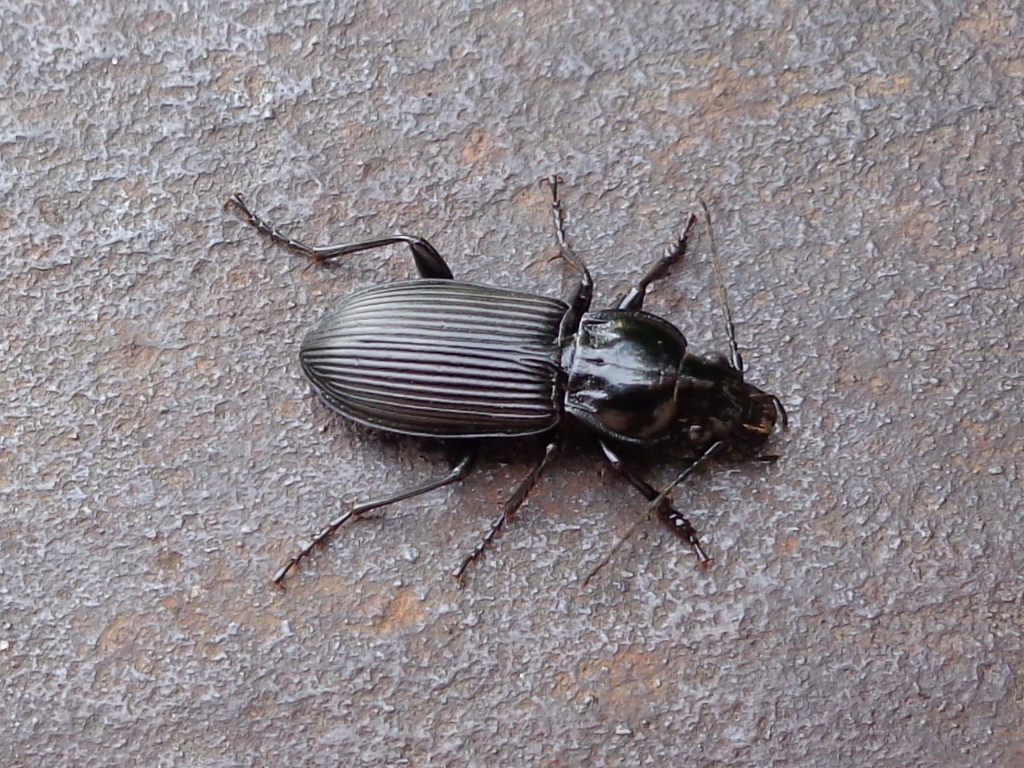
Predacious Ground Beetles (Pterostichus spp.)
If you spend a lot of time in the garden, you’ve probably seen some of these beetles scurrying around. They are medium to large beetles that may be black or have a metallic green or orangish sheen. One of the most common species P. melanarius is native to Eurasia but now inhabits most of North America.
They are effective predators that spend their time searching though your garden for slugs and other insects to feed on. Some species will even climb into the lower branches and stems of garden plants to feed on aphids.
There are many ways to support these beetles in your garden. Good undisturbed habitat is key for them. Going low-till or no-till increases ground beetle populations. Rows of cover crops like clover between garden beds also encourage them. Some farms are also experimenting with “beetle banks.” Beetle banks are refuges of native grass and plants near garden beds that grow tall. They serve as a stable, insulated habitat for overwintering beetles.
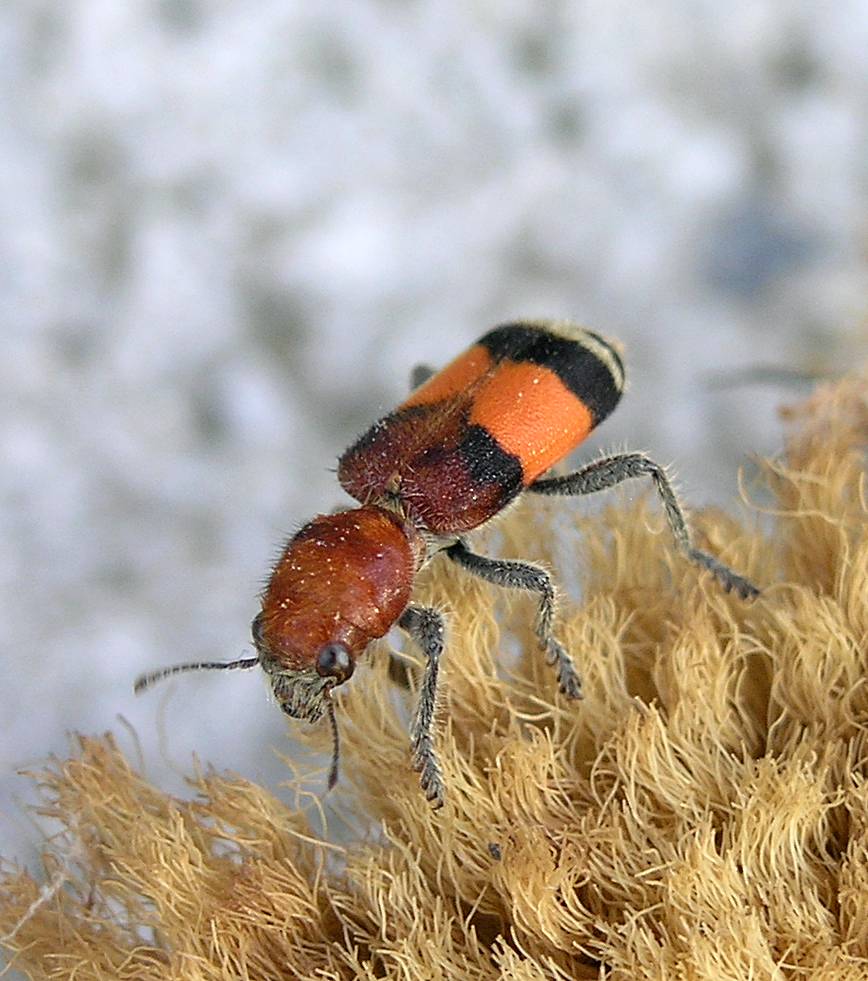
Checkered Beetles (Cleridae spp.)
We have at least 18 species of checkered beetles in Virginia, and their appearance, habitats, and feeding habits vary. They tend to have an elongated body shape, antennae that are usually clubbed at the tips, and ornate patterns in red, yellow, orange, or blue. All checkered beetles are predatory insects in at least one life stage. Depending on the species, they may feed on ants, weevils, grasshoppers, wasps, other insects and their larvae and eggs.
Many checkered beetles are also pollinators in their adult stage. They feed on flower pollen and their entire bodies are covered coarse hairs which are perfect for catching grains of pollen and carrying them onto the next flower.
Like other beetles, avoiding excessive tilling can help these beetles survive the winter in their larval stage. Providing other shelter with cover crops, mulch, and log or rock piles is also a great way to encourage these species. Adult beetles of many checkered beetle species are also attracted to flowers like Queen Anne’s lace, sunflowers, Dara, and dill.
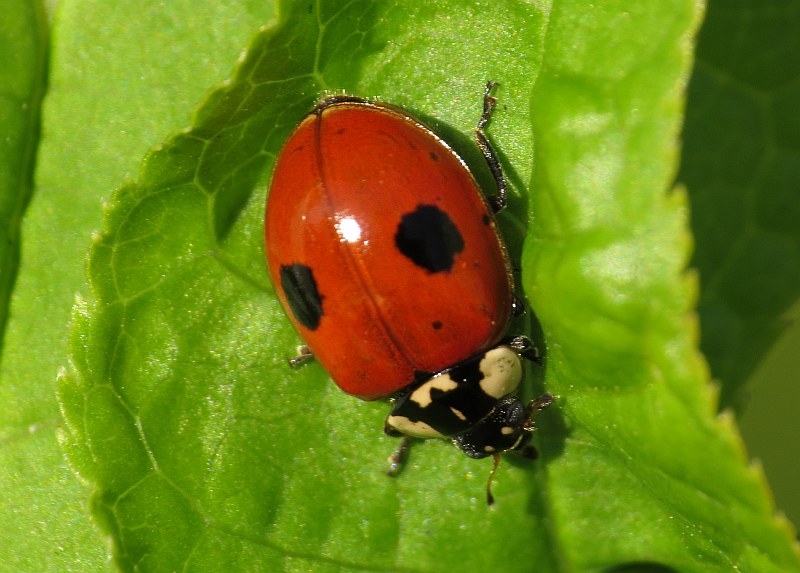
Lady Beetles (Coccinellidae)
Lady beetles are among the best-known beneficial insects. Thanks to a few cartoons and memes, these pretty beetles have earned a reputation as aphid destroyers. Most beetles of this genus do even more! Adult and larval lady beetles feed on thrips, aphids, mites, scales, and other soft-bodied insects. They’ll also eat the larvae of other insects, like that of the asparagus beetle. The obvious exceptions are squash beetles and Mexican bean beetles, which are also from this genus.
Lady beetles tend to be small beetles with hard, domed backs. While many have the classic red and black colors, their coloration can vary widely with species. There are lady beetles in shades of yellow, red, brown, and orange with white or black spots or strips. There are several species of lady beetles in our area, including a few native species like the convergent lady beetle (Hippodamia convergens), two-spotted lady beetle (Adalia bipunctata), and spotted lady beetle (Coleomegilla fuscilabris).
Places to overwinter in leafy debris or dead plant material is key for attracting lady beetles. Adult lady beetles also need nectar and pollen before breeding, so flowers can also help attract populations to your garden. Lady beetles enjoy flowers like yarrow, dill, fennel, Dara, and sweet alyssum.
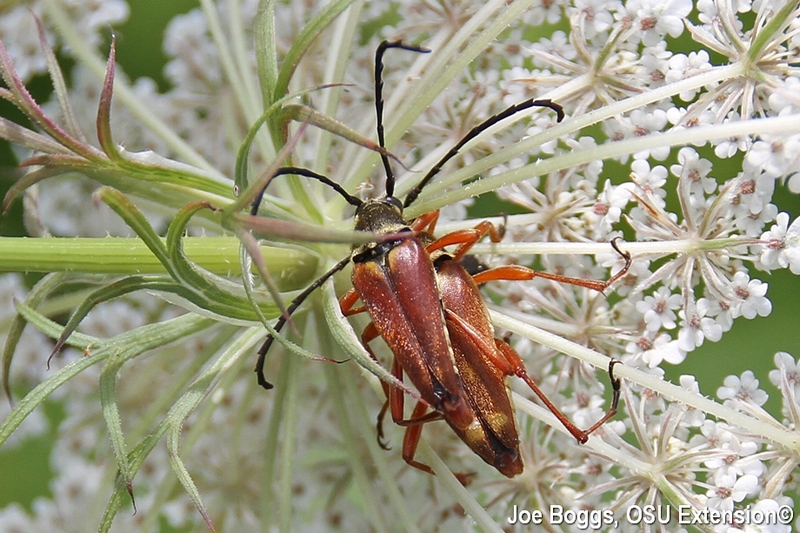
Flower Longhorn Beetles (Cerambycidae)
As their name suggest, these long slender beetles have long antennae that sometimes exceed the length of their body. The adults feed on nectar and flowers and are lesser-known pollinators. In their larval stage, some species are decomposers, helping to break down dead and decaying wood making nutrients available for your plants.
Pollinator gardens can help attract flower longhorn beetles. They favor delicate umbel flowers like Queen Anne’s lace, carrot, dill, fennel, and Dara. They also appreciate sunflowers, asters, and goldenrod.
You can also help protect their habitat and larvae by leaving dead and decaying wood on your property, reducing tilling, and using mulch.
Beetles don’t deserve their poor reputation. Attracting these beetles and other beneficial insects to your garden can help reduce pest pressure, improve pollination, and build healthy soil.

